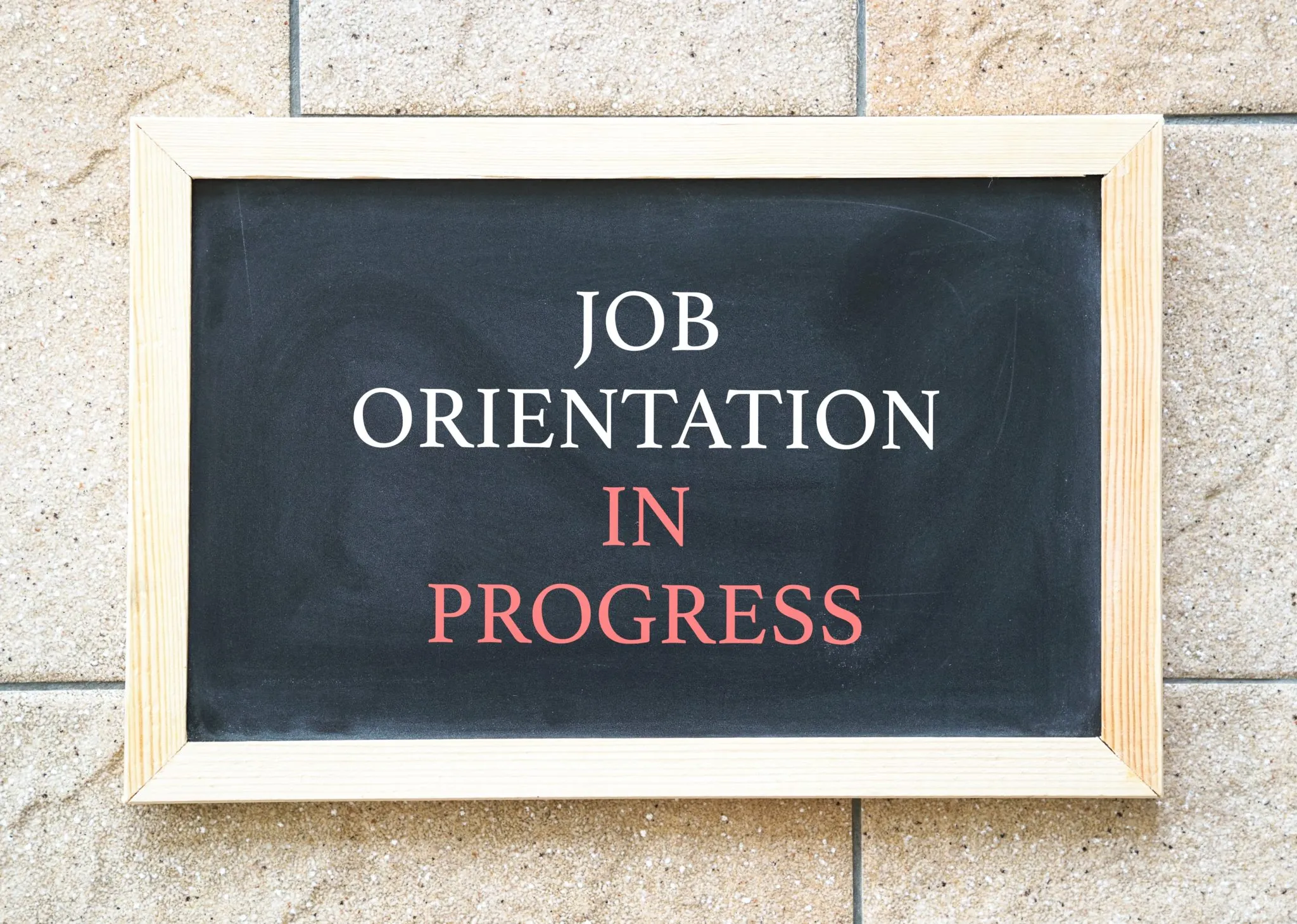
Orientation formally introduces the new hire to the company — including its mission, culture, values, vision, policies, procedures and fringe benefits. Training equips the new hire with the knowledge he or she needs to perform the job satisfactorily.
Should the new hire be paid for time spent at either event?
Generally, yes. Under the Fair Labor Standards Act (FLSA), employers must pay new hires for time spent in meetings, training, lectures and other similar activities. According to the Society for Human Resource Management, “Orientation can be considered a lecture, meeting and training program.”
Employers do not have to pay for time spent in meetings, training, lectures and other similar activities if:
- the attendance is voluntary;
- the attendance is outside the employee’s regular working hours;
- the event is not directly tied to the employee’s job; or
- the employee does not perform any productive work during the event.
Time spent in orientation is compensable because generally the event is mandatory, conducted during normal working hours, linked to the attendee’s employment and requires some work to be performed — such as filling out new-hire paperwork.
Is payment required for preemployment orientation and training?
An article published by Business Management Daily cites a case (Nance, et al. v. May Trucking) in which the plaintiff argued that he was owed at least the federal minimum wage for time spent in orientation — as an applicant — for a truck driver position.
The court held that the plaintiff was not due orientation pay because he was not an employee when he attended the orientation and because the orientation program was structured as part of the application process in order to decipher drivers’ abilities. Applicants “were not guaranteed any work upon completion of the program.”
The issue of whether training should be paid in preemployment situations is a bit more nuanced. The U.S. Department of Labor (DOL) has developed six criteria for deciding whether a trainee is a paid employee instead of an unpaid trainee. If all six conditions are met, it means there is no employment relationship and the individual is an unpaid trainee. The six conditions can be found in DOL opinion letter FLSA2006-12.
The DOL’s six criteria were put to the test in the case of Otico v. Hawaiian Airlines, Inc. The central argument is that the company required applicants to undergo training before receiving a job offer.
Rejecting the DOL’s inflexible six-criteria approach, the court said that “the key question is whether the employer is taking financial advantage of the trainee by using her to perform work that an employee would otherwise be performing. If so, the trainee should be paid for the work as an employee.”
The trainee/plaintiff did not perform the work of an employee, so the court ruled that the company did not need to pay for the training time.
The rules on payment for new hire orientation and training go deeper than discussed in this article, and regulatory changes and court rulings may change guidance in subtle ways. Seek expert advice for further guidance.
Original content by © IndustryNewsletters. All Rights Reserved. This information is provided with the understanding that Payroll Partners is not rendering legal, human resources, or other professional advice or service. Professional advice on specific issues should be sought from a lawyer, HR consultant or other professional.

